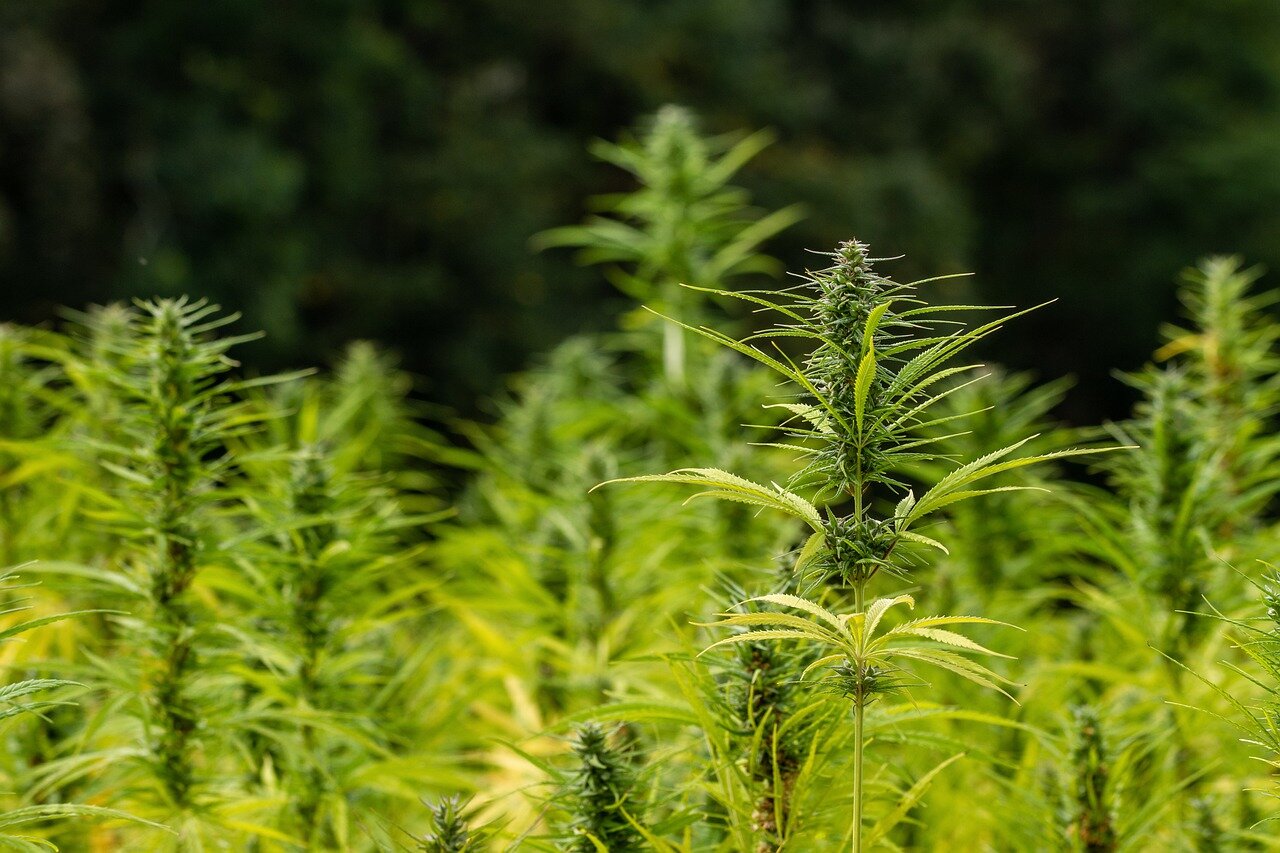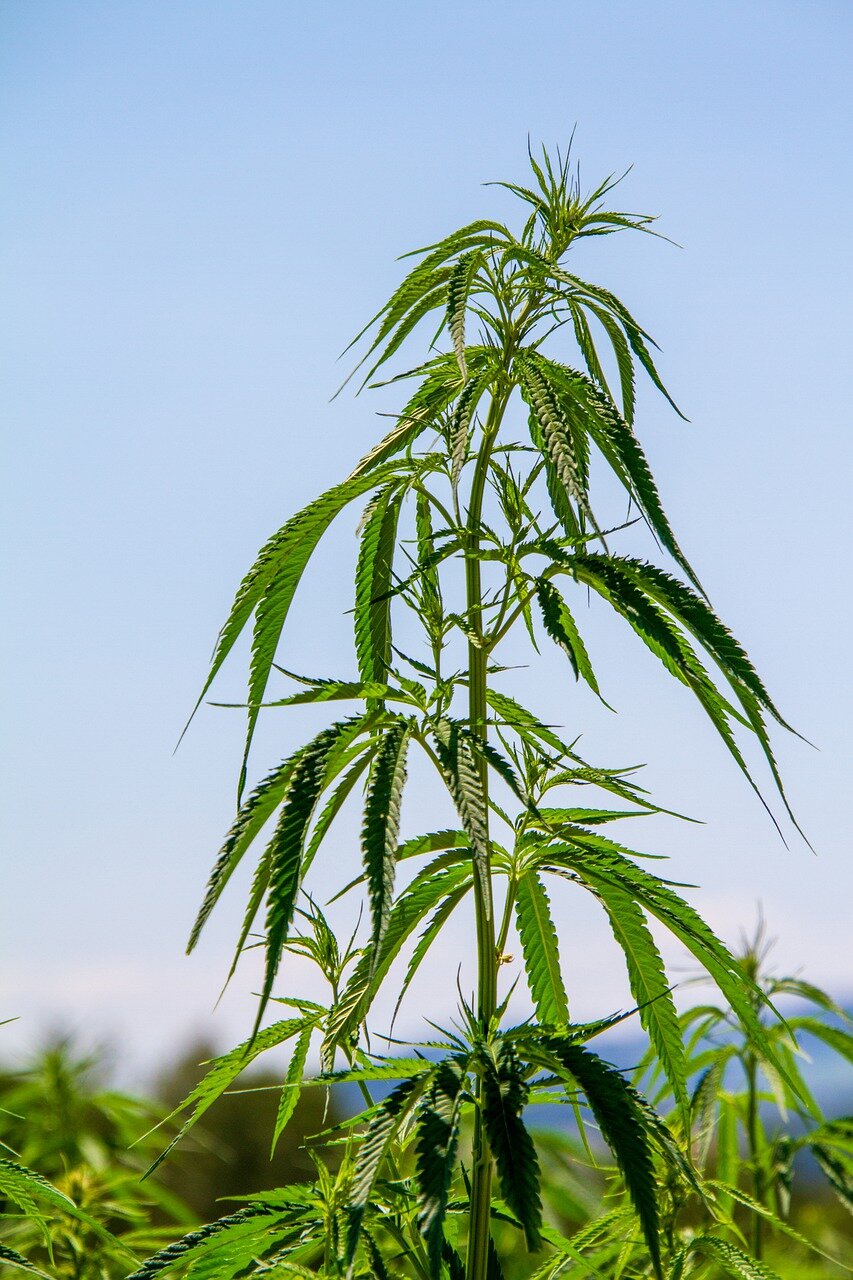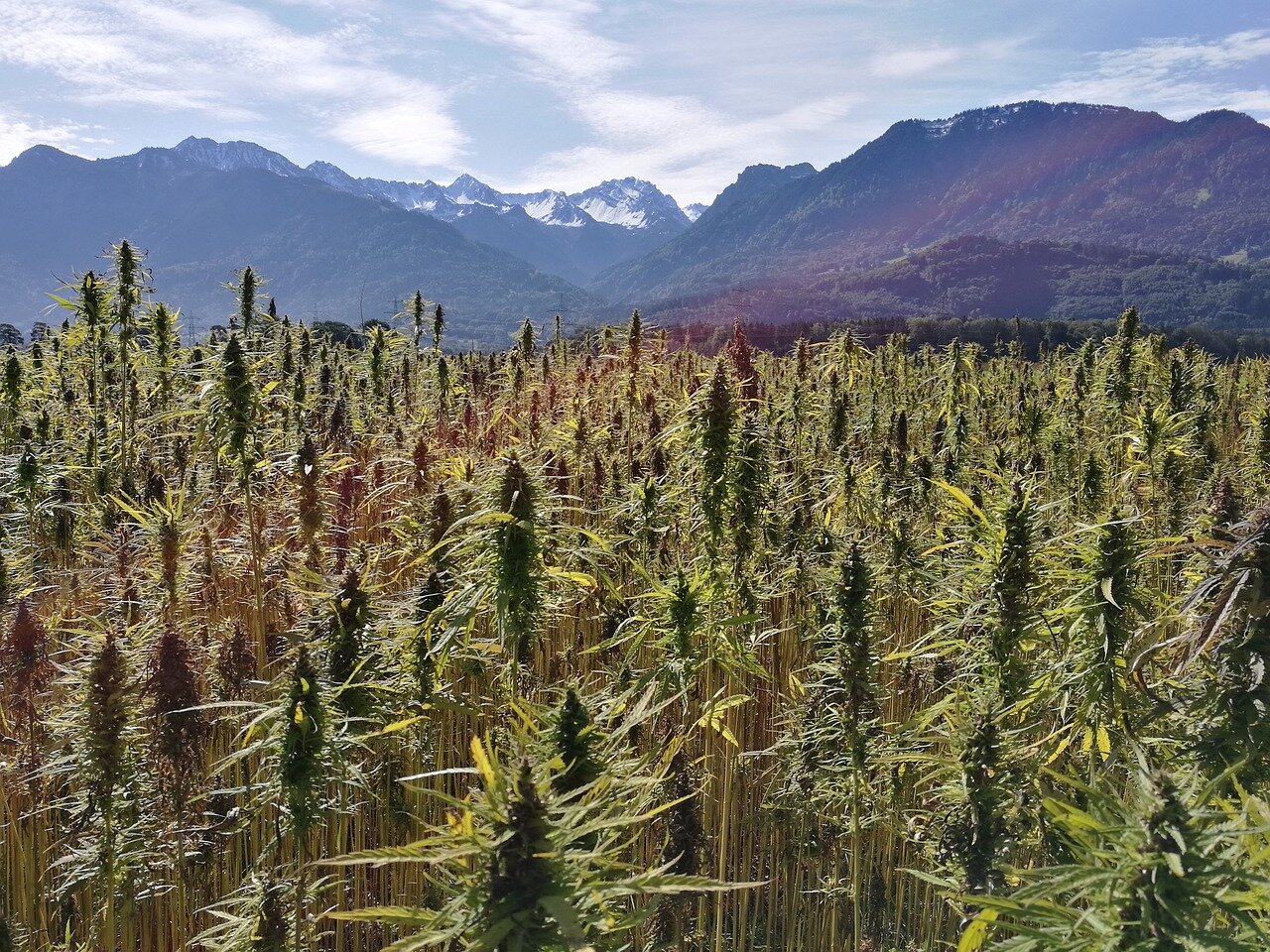The history of hemp is an interesting journey, from hemp being a staple crop in the U.S. to it being banned during the War on Drugs to hemp’s reintroduction into the economic systems with the 2014 and 2018 Federal Farm Bills.
Outside of the U.S., hemp has long been grown in Central Asia. Growing hemp for fiber has been around since 2800 BCE in China, and hemp was planted as early as the 1500s in Chile with North America being a century behind that.
Following the ban on growing hemp in the 1970s and subsequent legalization in the U.S. with the 2018 Federal Farm Bill, growing industrial hemp became legal in 46 states, with Idaho, Mississippi, New Hampshire and South Dakota still banning hemp production.
In 2003, the United States had not yet legalized growing hemp for industrial uses. However, looking back at the history of hemp in this country shows it was once a valuable crop for the country, with it even supporting the economy during World War II.
According to the Ministry of Hemp, as of 2019 the leading countries in the hemp growing industry are China, Canada, U.S., France, Chile and North Korea. Of these countries growing hemp, the purpose of the plant varies from food production (seeds, protein powder and oil), to fiber production, paper and plastic alternatives, and CBD harvests.
An article published in The Guardian titled “Hemp: how one little plant could boost America’s economy” states that in 2017 the U.S. consumed $580 million dollars’ worth of hemp products – all of which were imported. This means all the jobs associated with the hemp industry, as well as the revenue generated from the hemp industry, benefitted the countries growing it.
Today, with the legalization of growing hemp, there is substantial opportunity to create jobs and generate more revenue for the U.S. economy. In Montana alone, 45,000 acres of hemp were grown in 2019 and 11,400 acres were grown in 2020.
The many markets of hemp and hemp uses mean that growing hemp is quickly becoming a viable industry. As history shows, hemp production has been and can be again a staple of the U.S. economy. With hemp being such a versatile crop, the possibilities and markets for its use are seemingly endless.
For a timeline of hemp in the U.S., check out Vote Hemp’s hemp timeline page.




